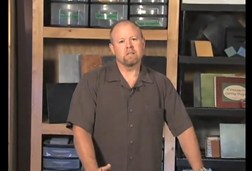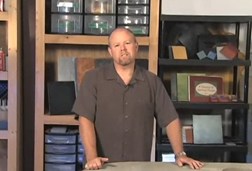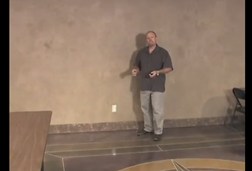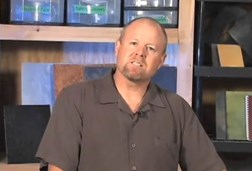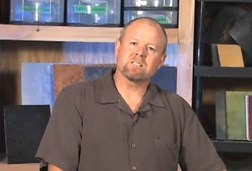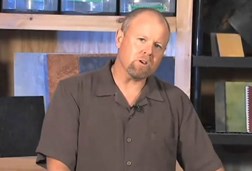- Design Idea Videos
- Floor Type Videos
- Common Question Videos
- Why Concrete Floors?
- Replacing Existing Floors
- Choosing a Floor Contractor
- Floor Maintenance Videos
- More Concrete Videos
- Floor Videos
- Countertop Videos
- Outdoor Living Videos
- Furniture Videos
- Demonstration Videos
- Concrete Tool Videos
- Concrete Stain Videos
- Sealer Videos
- Concrete Stencil Videos
- Concrete Stamps Videos
- Surface Preparation Videos
- Concrete Forms Videos
Frequently Asked Questions about Concrete Floors
"Floor Me" Video Series with Bob HarrisClick on the videos below to help you evaluate if concrete floors are a good fit for your lifestyle and design tastes. In these videos, expert Bob Harris addresses the most commonly asked questions about interior concrete floors.
Are Concrete Floors Hard?
Time: 01:26
Bob Harris explains the attributes of concrete including the truth and realities of how hard concrete floors can be. Yes, concrete is not a cushioned floor material, however there are many benefits to its hardness including durability and abrasion resistance. Read more about concrete floor surfaces.
Images in this video provided by SolCrete & Colormaker Floors.
Are Concrete Floors Cold?
Time: 01:25
Bob Harris explains concrete's attributes including the truth and realities of concrete floor temperatures. Yes, they can be cold, but concrete floors do have the ability to store and radiate heat. There are other techniques to block moisture, take advantage of solar radiation, and in warmer climates, help lower air-conditioning costs. Read more about concrete floor temperatures.
Are Concrete Floors Loud?
Time: 01:59
Bob Harris explains the attributes of concrete including the question of how loud floors can be. There are techniques to muffling sound. Watch the video to learn strategies from Bob Harris and read more about how to make concrete floors less loud.
Timeline for Basic Concrete Floor Installation
Time: 03:02
The timeline for applying a basic decorative concrete floor can differ greatly from job to job. Harris classifies a basic application as one that's not overly intricate, with no sawcuts, no stencils, and with just one color covered by a sealer or wax finish. On a small project, such as a basement floor, the timeline can range anywhere from two days to five or six days. Considerations include:
- The need to protect surrounding surfaces, such as walls and baseboards.
- The length of dry times required between each step, such as after each stain coat and sealer coat.
- The condition of the existing floor. A floor in poor condition may require the use of an overlay, which will extend the installation time.
Timeline for Building High-End Concrete Floors
Time: 03:08
The timeline for installing a high-end decorative treatment can be significantly longer than a basic installation. Harris defines high-end floors as those with graphics, decorative sawcuts, borders, stenciling and the use of three or four colors, possibly combining stains and dyes. Considerations include crew size and skill level, project size and the condition of the floor. Harris stresses that it's critical on a high-end project for the floor to be in great shape, which may necessitate grinding, acid etching or overlaying the floor to create a clean canvas.
Images in this video provided by Kemikoating Surfaces, Colormaker Floors, Progressive Hardscapes, & Kemiko Decorative & Industrial Floor Coatings.
Timeline for New Concrete Floor Construction
Time: 04:07
In a new home with new concrete floors, the timeline before a decorative treatment can be installed will vary greatly, depending on the circumstances. Although the concrete will cure in about seven days, Harris prefers to wait until after all drywall is installed, taped and sanded before applying a decorative treatment, to avoid potential damage from other trades.
Harris suggests holding a preconstruction meeting involving the concrete contractor, homebuilder and architect. All parties on the project need to understand that the floors must be installed perfectly and protected throughout construction from chips, gouges and stains. Placing wood, metal or other construction materials on an unprotected floor as it cures can permanently stain the surface.
